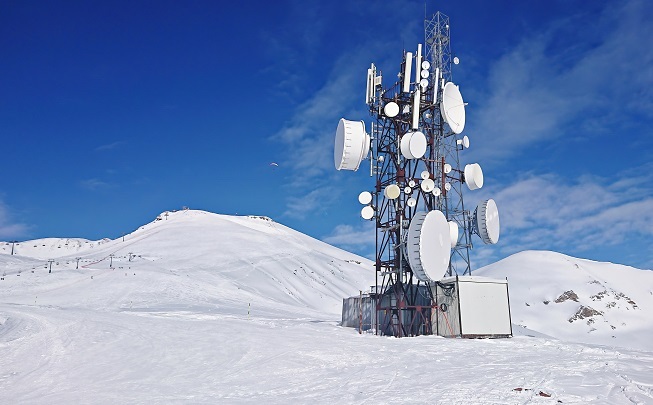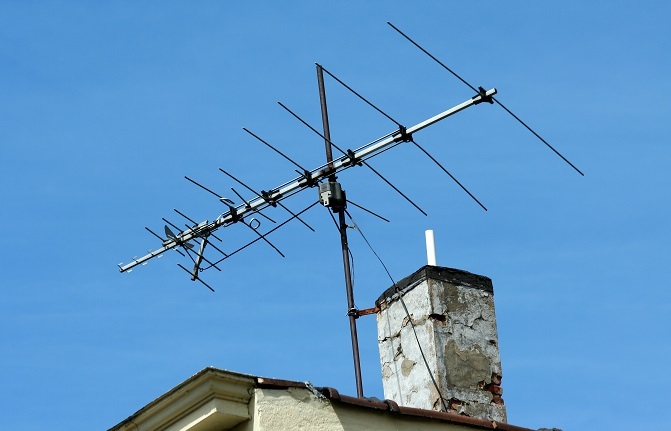
 Data Structure
Data Structure Networking
Networking RDBMS
RDBMS Operating System
Operating System Java
Java MS Excel
MS Excel iOS
iOS HTML
HTML CSS
CSS Android
Android Python
Python C Programming
C Programming C++
C++ C#
C# MongoDB
MongoDB MySQL
MySQL Javascript
Javascript PHP
PHP
- Selected Reading
- UPSC IAS Exams Notes
- Developer's Best Practices
- Questions and Answers
- Effective Resume Writing
- HR Interview Questions
- Computer Glossary
- Who is Who
What is the full form of EIRP?
Introduction
Equivalent Isotropic Radiated Power (EIRP) is a measure of the amount of power transmitted through an antenna in a specific direction.

It takes into consideration the antenna's advantage and the electricity provided to it, and is utilized to decide the powerful radiated electricity of an antenna framework. EIRP is measured in watts and is a basic parameter in calculating the extent and coverage range of a wireless network.
Calculation of EIRP
The formula to calculate EIRP is
$$\mathrm{EIRP = PT_{x} - LT_{x} + GA}$$
Wherein,
PTx is the transmitter output power in watts
LTx is the transmission line loss in decibels (dB)
GA is the antenna advantage in decibels (dB)
To calculate EIRP, you need to recognise the output energy of the transmitter, the transmission line loss, and the gain of the antenna. as soon as you have got those values, you could use the formula to calculate the EIRP in watts.
Importance of EIRP in Communication System
EIRP is an important parameter in communication systems, mainly in wireless networks, for the subsequent reasons
Determines coverage region EIRP is used to determine the range and coverage region of a wireless network. A higher EIRP commonly affects a larger coverage area and better signal strength.
Regulatory Compliance In many nations, there are rules that limit the amount of power that may be transmitted by using an antenna. EIRP is used to ensure that the antenna is compliant with those regulations.
Interference Mitigation EIRP is used to calculate the interference capacity of an antenna system. through limiting the EIRP of an antenna, interference can be decreased, resulting in higher standard network overall performance.
link budget Calculations EIRP is an important parameter in link budget calculations, which can be used to determine the feasibility of a wireless hyperlink between points.
Limitations of EIRP"
There are a few limitations to the use of EIRP as a measure of antenna overall performance, which consist of
Omnidirectional Antennas EIRP assumes that the antenna has a directional gain pattern. For omnidirectional antennas, which radiate power similarly in all directions, EIRP isn't always a meaningful measure of antenna overall performance.

Reflections and Obstructions EIRP does not recall reflections and obstructions that can have an effect on the actual radiated power in a particular direction. As a result, the actual signal strength may also vary from what is expected by EIRP calculations.
Environmental factors EIRP calculations assume that the antenna is working in a vacuum, which is not the case in actual-world scenarios. Environmental factors including temperature, humidity, and atmospheric conditions can have an effect on the actual radiated energy and therefore the performance of the antenna.
Interference EIRP does not recall interference from other sources, which could have an effect on the general network overall performance.
Conclusion
In conclusion the EIRP (Equivalent Isotropic Radiated Power) is an essential parameter in communication systems, mainly in wireless networks, because it determines the range, coverage area, and interference capacity of an antenna system, ensuring regulatory compliance and highest quality network performance. but, EIRP has a few limitations, including its assumption of directional gain patterns and the lack of consideration for reflections, obstructions, environmental factors, and interference. Despite those limitations, EIRP remains a widely used and useful measure of antenna overall performance in communication systems.
FAQs
Q1. What is the distinction between EIRP and ERP?
Ans: EIRP takes into account the gain of the antenna, while ERP (Effective Radiated energy) only takes into account the output electricity of the transmitter.
Q2. How is EIRP distinct from Isotropic Radiated Power (IRP)?
Ans: IRP assumes that the antenna radiates power similarly in all directions, while EIRP takes into account the directional gain of the antenna.
Q3. What units is EIRP measured in?
Ans: EIRP is normally measured in watts (W) or decibels relative to at least one watt (dBW).

